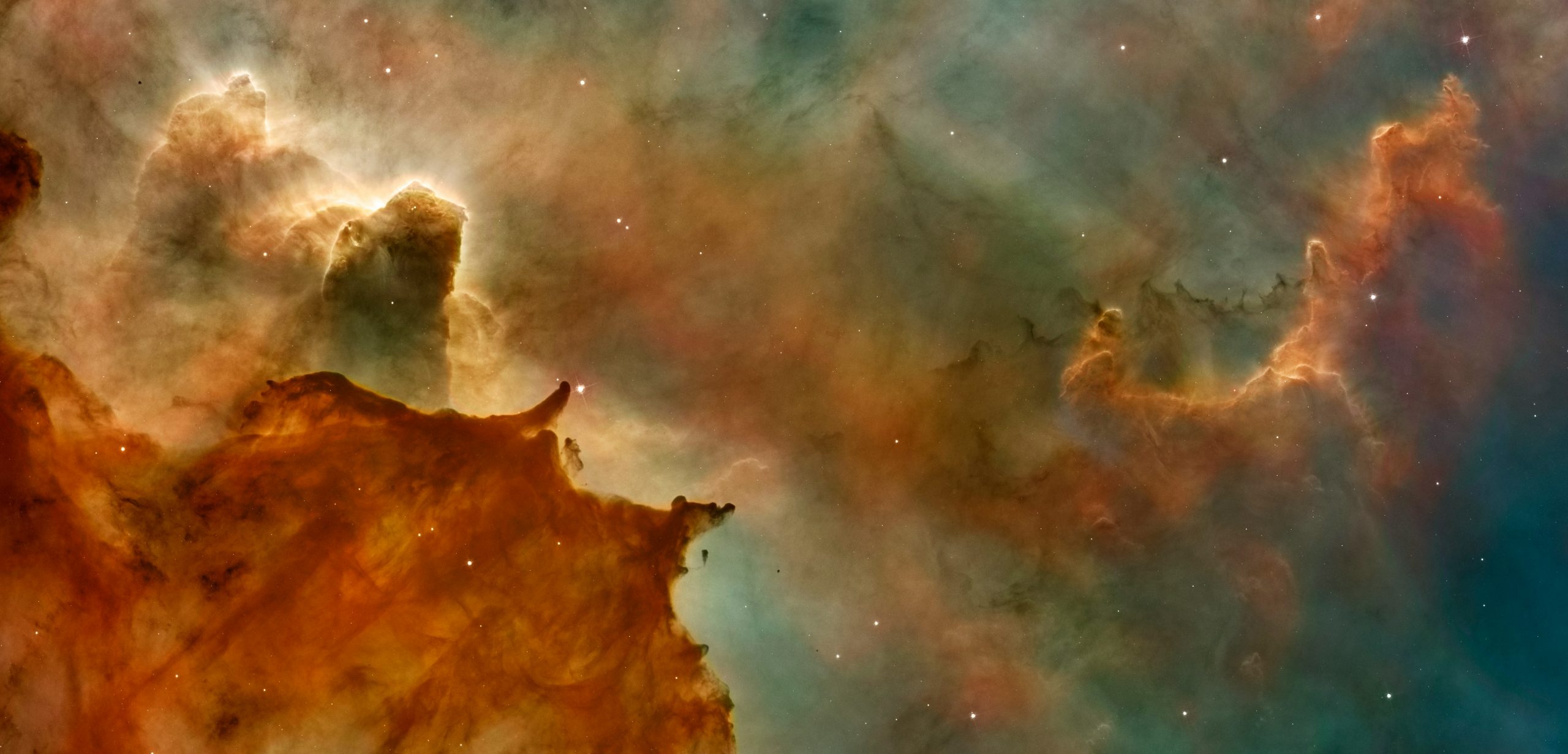Goblins: Mischievous Creatures and Their Tricks

Before diving in, please note: This post is for informational purposes only. If you’d like to know more about how we approach topics, feel free to check out our friendly Disclaimer Page.
Hey there, amazing readers! 🖐️ Just a quick note: yes, we know there are a lot of ads here. Trust us, we get it—it’s not the prettiest look, but they help us keep this blog alive and kicking. Those pesky little ads cover the costs of all the behind-the-scenes magic, from hosting and tech stuff to creating content we hope you’ll love.
We’re committed to delivering quality posts, and your support (even just sticking around despite the ads) means everything to us. So, bear with us, and thanks for helping us keep the good vibes rolling. Now, on to the fun stuff! 😉
TRANSLATE BUTTON AT THE END OF THE ARTICLE
Introduction
Goblins have long been a staple of folklore and fantasy, often portrayed as mischievous and troublesome beings with a knack for causing chaos.
These mythical creatures, known for their cunning tricks and playful antics, have captivated imaginations across various cultures.
From ancient legends to modern media, goblins have been depicted in a myriad of ways, each adding to their rich and varied lore.
This article delves into the world of goblins, exploring their origins, characteristics, and the tricks they play, as well as their role in cultural and literary traditions.
Historical Origins of Goblin Myths
The concept of goblins has ancient roots, with their origins traceable to different cultures and traditions.
Understanding these origins provides insight into their evolution and the diverse ways they have been depicted.
Ancient Legends: Goblins appear in the folklore of many ancient cultures.
In Europe, they are often associated with various mythical beings such as the mischievous sprites of Celtic traditions and the hobgoblins of medieval English folklore.
Medieval Europe: During the medieval period, goblins were often depicted as malevolent spirits or small, troublesome creatures.
They were believed to inhabit dark, remote places and were associated with various supernatural occurrences.
Folkloric Variations: Goblins in folklore can vary significantly from one culture to another.
For instance, in Scandinavian folklore, they are closely related to trolls, while in Slavic traditions, they are sometimes akin to household spirits.
Characteristics of Goblins
Goblins are typically characterized by their distinctive traits and behaviors, which set them apart from other mythical creatures.
Mischievous Nature: Goblins are renowned for their love of mischief.
Their tricks can range from harmless pranks to more troublesome actions intended to create confusion and annoyance.
Physical Appearance: Goblins are often depicted as small, grotesque beings with sharp features and a hunched posture.
Their appearance can vary widely, from being ugly and deformed to having a more playful or whimsical look.
Cunning and Intelligence: Goblins are known for their cunning and intelligence.
They use their wits to outsmart humans and other creatures, often relying on trickery to achieve their goals.
Famous Goblin Legends and Stories
Various legends and stories have contributed to the popular image of goblins as mischievous and enigmatic beings.
The Goblin Market: In Christina Rossetti’s poem “Goblin Market,” goblins are portrayed as sellers of magical fruit that lures unsuspecting humans.
The poem explores themes of temptation and redemption through its depiction of these creatures.
The Goblin King: In popular culture, the Goblin King is a common archetype, often depicted as a powerful ruler of a goblin kingdom.
One famous example is Jareth, the Goblin King, played by David Bowie in the film “Labyrinth.”
Goblins in Fairy Tales: Many classic fairy tales feature goblins as antagonists or tricksters.
Stories like “Rumpelstiltskin” and “The Elves and the Shoemaker” showcase goblins as creatures with both magical abilities and a penchant for causing trouble.
Goblins in Literature and Fantasy
Goblins have been a popular subject in literature and fantasy, where they often play pivotal roles in shaping narratives and world-building.
J.R.R.
Tolkien’s Goblins: In J.R.R.
Tolkien’s Middle-earth legendarium, goblins (also referred to as orcs) are depicted as malevolent creatures with a dark and brutal nature.
They serve as adversaries to the protagonists in “The Hobbit” and “The Lord of the Rings.”
Connect with Angels, Guides, and Master Teachers – begin here.

Harry Potter Series: In J.K.
Rowling’s “Harry Potter” series, goblins are portrayed as skilled bankers and metalworkers.
They are featured prominently in Gringotts Bank, known for their complex and secretive nature.
Modern Fantasy: In contemporary fantasy literature, goblins continue to appear as both antagonists and allies.
They often embody the duality of being both cunning tricksters and valuable characters in the story.
Goblins in Popular Culture
Goblins have made their mark on various forms of popular culture, from movies and television to games and comics.
Film and Television: Goblins have been featured in numerous films and TV shows, often depicted as creatures with a mix of humor and menace.
Examples include the goblins in “Harry Potter” and the various adaptations of classic fairy tales.
Video Games: In video games, goblins are commonly portrayed as enemies or playable characters.
Games like “The Elder Scrolls” series and “World of Warcraft” feature goblins with distinct abilities and roles.
Comics and Graphic Novels: Goblins appear in comic books and graphic novels as both heroes and villains.
Their portrayal can range from the comical to the menacing, depending on the context of the story.
The Role of Goblins in Folklore and Mythology
Goblins serve various symbolic and thematic roles in folklore and mythology, reflecting the concerns and values of different cultures.
Symbols of Disruption: In many myths, goblins symbolize disruption and chaos.
Their tricks and pranks often represent the unpredictable nature of life and the challenges of dealing with unforeseen problems.
Trickster Archetype: Goblins are often associated with the trickster archetype, embodying qualities of cleverness, deception, and unpredictability.
This archetype appears in many cultures and is used to explore themes of morality and justice.
Cultural Reflections: The depiction of goblins often reflects cultural anxieties and values.
For example, their role in medieval Europe as malevolent spirits may reflect societal fears of the unknown and the supernatural.
Goblins and Their Tricks
Goblins are infamous for their tricks and pranks, which can range from light-hearted fun to more malevolent acts.
Classic Tricks: Traditional goblin tricks include hiding objects, causing mischief in homes, and leading travelers astray.
These pranks often serve as a way for goblins to entertain themselves and disrupt the lives of others.
Magical Abilities: In some stories, goblins possess magical powers that allow them to perform more elaborate tricks.
These abilities can include shape-shifting, invisibility, and enchantments.
Modern Interpretations: In modern media, goblin tricks are often depicted with a comedic or fantastical twist.
These interpretations can add a playful element to their character, making them less threatening and more amusing.
Goblins in Fantasy Gaming
In fantasy gaming, goblins are a common feature, often designed to challenge players and add depth to the game world.
Game Mechanics: Goblins in games are usually designed with specific abilities and behaviors that create interesting challenges for players.
They may have unique traits or weaknesses that influence gameplay strategies.
Character Customization: Many games allow players to customize goblin characters, adding layers of complexity and personal flair to the traditional goblin archetype.
This can include various costumes, abilities, and storylines.
Cultural Impact: The portrayal of goblins in games can influence how they are perceived in broader culture.
Their roles as enemies or allies can shape player attitudes and expectations of these mythical creatures.
The Evolution of Goblins in Popular Media
Goblins have evolved significantly in popular media, reflecting changing attitudes and cultural trends.
From Horror to Humor: Early portrayals of goblins were often dark and menacing, reflecting fears and anxieties.
In contrast, modern media often presents goblins with a humorous or whimsical twist, showcasing their playful side.
Adaptation to Trends: The depiction of goblins in media adapts to current trends and interests.
For example, the rise of fantasy and role-playing games has led to more diverse and complex representations of goblins.
Cultural Diversity: Modern portrayals of goblins reflect a broader cultural diversity, incorporating elements from various traditions and expanding their role beyond traditional Western mythology.
The Psychological Appeal of Goblins
Goblins tap into various psychological themes, making them enduring figures in mythology and popular culture.
Fear and Fascination: The allure of goblins lies in their ability to evoke both fear and fascination.
Their mischievous nature and unpredictable behavior make them compelling subjects of intrigue.
Symbolic Representation: Goblins can symbolize various psychological and emotional states, such as anxiety, rebelliousness, and the struggle between order and chaos.
Their tricks and antics can serve as metaphors for deeper psychological experiences.
Personal Connection: For many people, goblins represent a form of escapism and fantasy.
Their presence in stories and media allows individuals to explore and engage with themes of adventure and imagination.
Conclusion
Goblins, with their mischievous antics and varied depictions, have captivated audiences for centuries.
From their ancient origins to their modern portrayals, these creatures continue to intrigue and entertain.
Whether as symbols of chaos, trickster figures, or playful characters, goblins offer a rich and diverse mythology that reflects both human fears and fascinations.
Their presence in folklore, literature, and popular media ensures that they remain a vibrant and enduring part of our cultural landscape.
Understanding their history and characteristics provides deeper insight into their role and significance, celebrating their place in the world of mythical beings.

The Enlightenment Journey is a remarkable collection of writings authored by a distinguished group of experts in the fields of spirituality, new age, and esoteric knowledge.
This anthology features a diverse assembly of well-experienced authors who bring their profound insights and credible perspectives to the forefront.
Each contributor possesses a wealth of knowledge and wisdom, making them authorities in their respective domains.
Together, they offer readers a transformative journey into the realms of spiritual growth, self-discovery, and esoteric enlightenment.
The Enlightenment Journey is a testament to the collective expertise of these luminaries, providing readers with a rich tapestry of ideas and information to illuminate their spiritual path.
Our Diverse Expertise 🌟
While our primary focus is on spirituality and esotericism, we are equally passionate about exploring a wide range of other topics and niches 🌍📚. Our experienced team is dedicated to delivering high-quality, informative content across various subjects ✨.
To ensure we provide the most accurate and valuable insights, we collaborate with trusted experts in their respective domains 🧑🏫👩🏫. This allows us to offer well-rounded perspectives and knowledge to our readers.
Our blog originally focused on spirituality and metaphysics, but we’ve since expanded to cover a wide range of niches. Don’t worry—we continue to publish a lot of articles on spirituality! Frequently visit our blog to explore our diverse content and stay tuned for more insightful reads.






